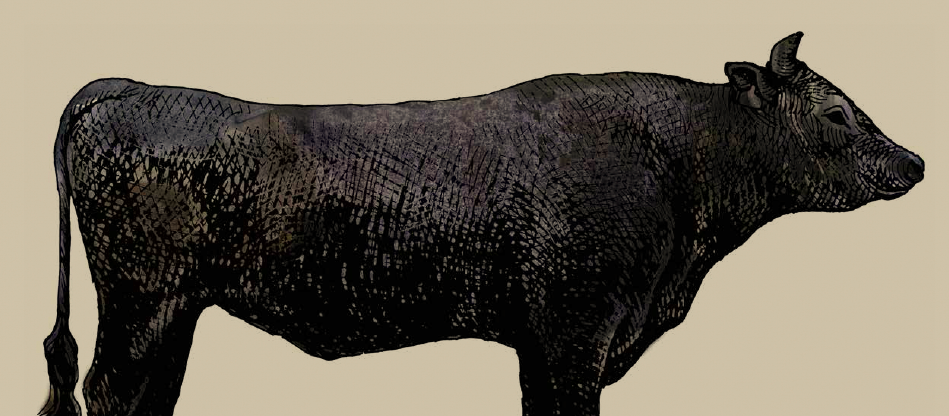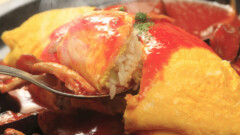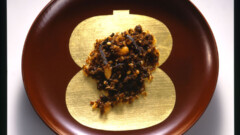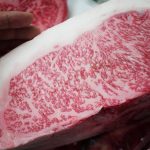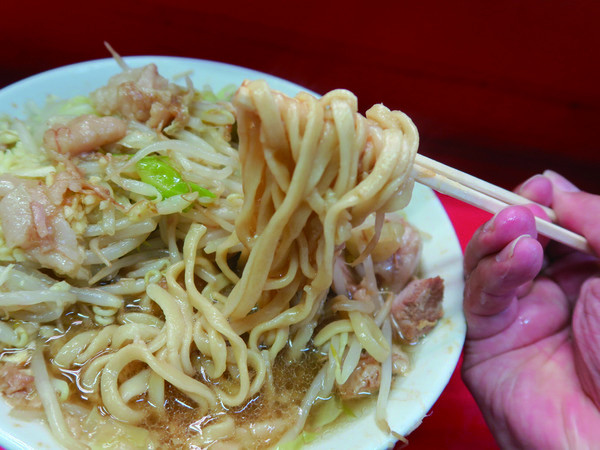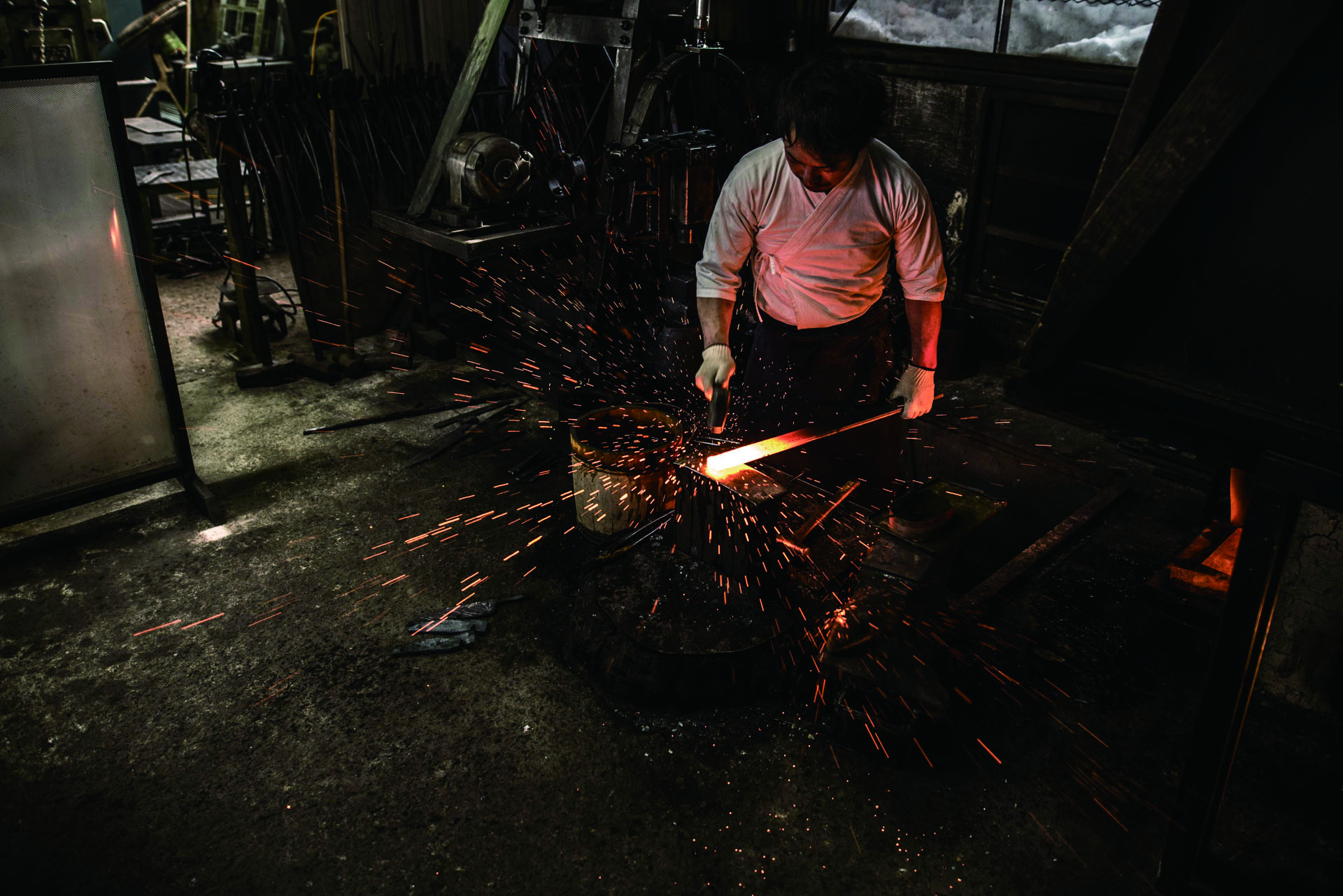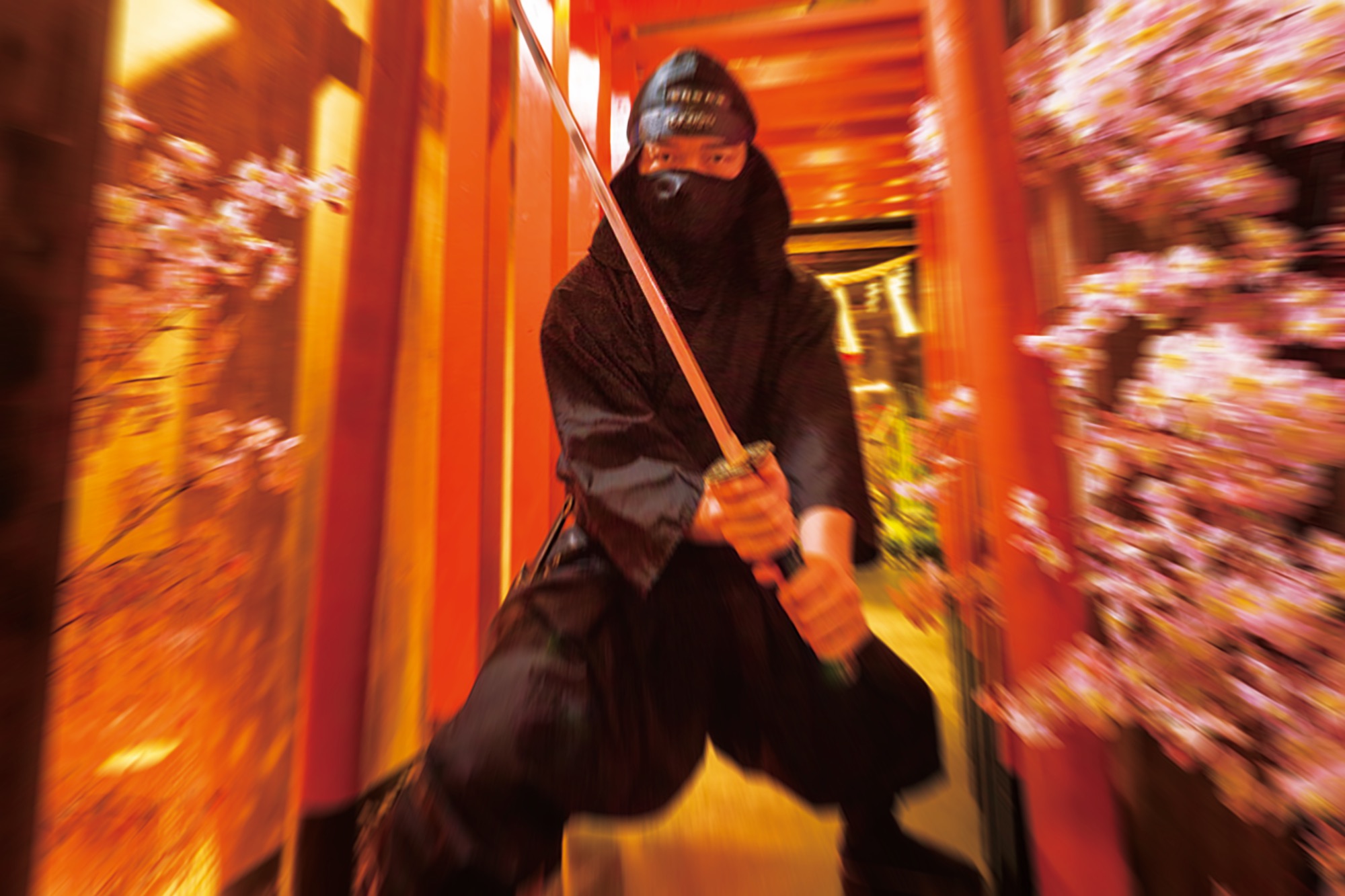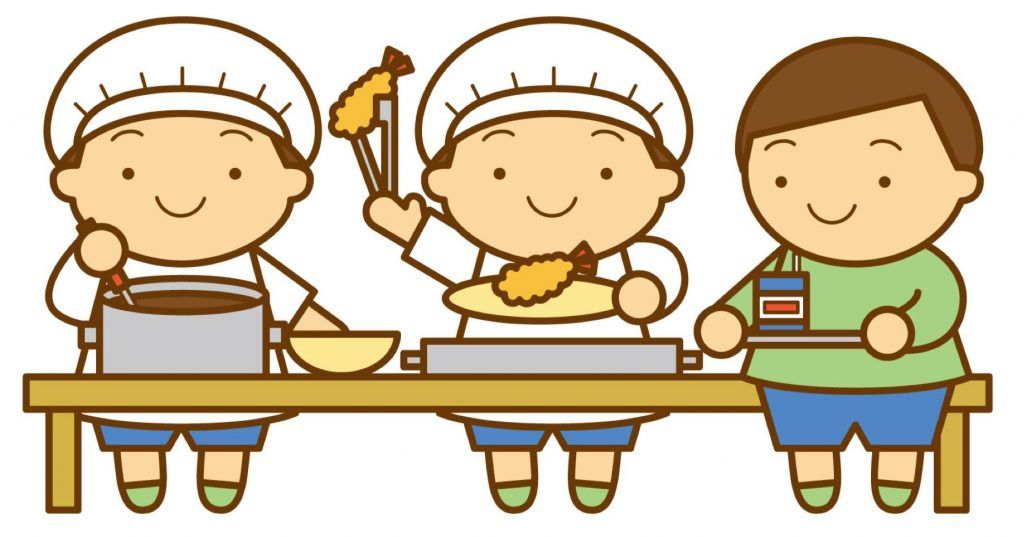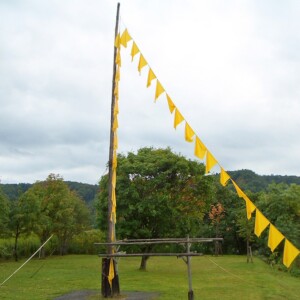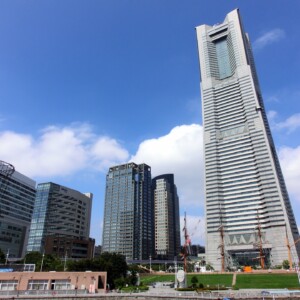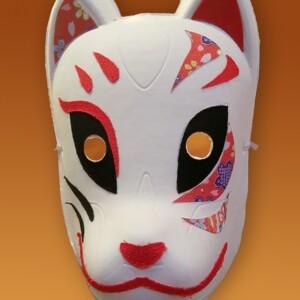We see the word “wagyu” bandied about these days on menus and grocery store labels, but what does the term mean? In Japanese, the word is used to define four distinct breeds of beef that have been raised for the last 200 years or so. The beef quality continues to improve as cattle ranchers improve the care and diet the cows receive. The four distinct breeds are: Kuroge Washu (Japanese Black), Akage Washu (Japanese Brown), Nihon Tankakushu (Japanese Shorthorn), and Mukaku Washu (Japanese Polled). Generally speaking, when we eat wagyu beef, it is likely to be the Mukaku Washu kind because that breed accounts for 95% of wagyu. The beef is incredibly tender and well marbled, a sign of superior wagyu. Famous brands of wagyu known by their place of production— Kobe beef, Matsuzaka beef, and Omi beef, for example — are known for their marbling, or shimofuri.
Cattle raised for wagyu live in warm climates and graze on rice straw, weeds, and other natural ingredients planted in the paddy fields. Some of the farmers show great affection for their cattle, giving each of them a name. This tender care results in enhanced texture, taste, and flavor — all important aspects of delicious wagyu. There is even a distinct aroma to wagyu, known as wagyu–cō, which is redolent of peaches and coconuts. The more you chew, the more the aroma is apparent. This phenomenon is known as a retronasal aroma, an ability to detect aroma in one’s mouth when eating and drinking.
It is said that cooking wagyu at 80˚C (176˚F) enhances the wagyu-cō. This moderate temperature is used for sukiyaki, one of the mostr famous waguyu dishes. Once the aroma is emitted, it stays in the beef. Even if the beef cools, the aroma will emerge as you chew, which is one reason wagyu is still delicious after cooling. The aroma and marbling bring about the taste for which wagyu is famous.
Wagyu is not reliant on location. Rather, it is all about the breed. Years ago, cattle were smuggled out of Japan to the US, Australia, and China, which is why some wagyu originates in those countries. But if cattle are raised on high-concentrate artificial diets in inappropriate conditions, the resulting beef is not really wagyu. The Australian Wagyu Association is one non-Japanese group that sets strict standards for its wagyu, but the beef is still inferior in taste to the wagyu found in Japan.






